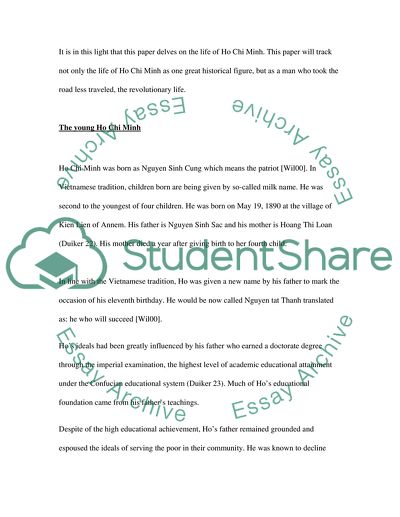Cite this document
(Ho Chi Minh: the Most Important Political Figure of Vietnamese History Case Study, n.d.)
Ho Chi Minh: the Most Important Political Figure of Vietnamese History Case Study. Retrieved from https://studentshare.org/history/1751837-history-of-ho-chi-minh-his-political-views-and-foreign-policies
Ho Chi Minh: the Most Important Political Figure of Vietnamese History Case Study. Retrieved from https://studentshare.org/history/1751837-history-of-ho-chi-minh-his-political-views-and-foreign-policies
(Ho Chi Minh: The Most Important Political Figure of Vietnamese History Case Study)
Ho Chi Minh: The Most Important Political Figure of Vietnamese History Case Study. https://studentshare.org/history/1751837-history-of-ho-chi-minh-his-political-views-and-foreign-policies.
Ho Chi Minh: The Most Important Political Figure of Vietnamese History Case Study. https://studentshare.org/history/1751837-history-of-ho-chi-minh-his-political-views-and-foreign-policies.
“Ho Chi Minh: The Most Important Political Figure of Vietnamese History Case Study”, n.d. https://studentshare.org/history/1751837-history-of-ho-chi-minh-his-political-views-and-foreign-policies.


